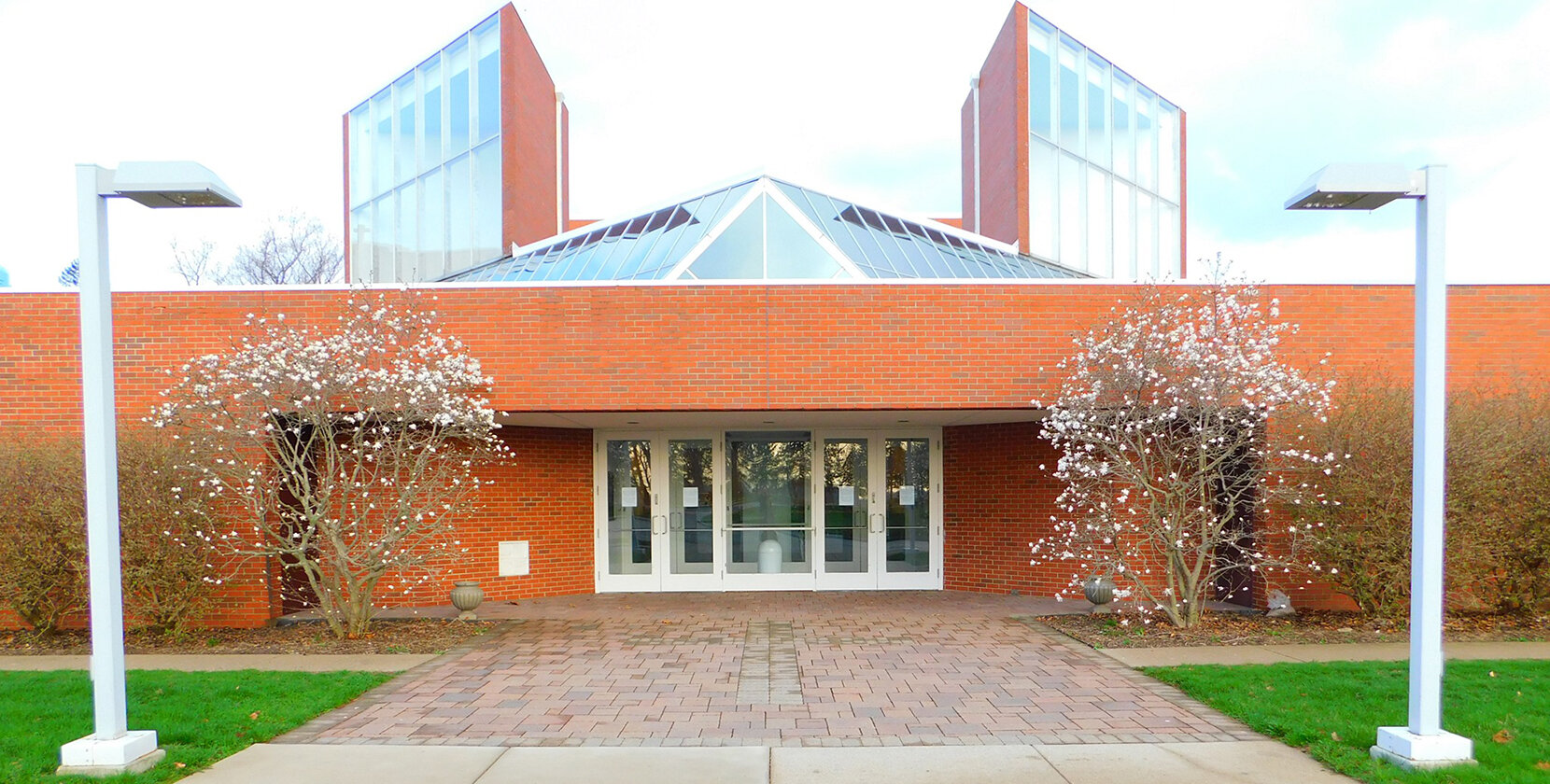The Discernment Process
Becoming a Monk
Initial Requirements
In order to become a Benedictine monk in our community of St. Bede Abbey, a man must first meet the basic requirement to be fit for abbey life.
Be a baptized and practicing Roman Catholic, free from all canonical impediments
Must be 21-45 years of age and/or have a college degree or some work experience
Have achieved a reasonable degree of emotional and spiritual maturity
Have a sufficient native intelligence to grasp the meaning of the monastic life
Have sufficient physical health to meet the ordinary demands of our community life
Step 1 of Formation
Candidacy
Initially one becomes a candidate for the community. This involves making visits to the monastery in order to determine whether or not one has a calling to the monastic life. During these visits the vocation director and other monks help the candidate to discern whether or not he is suited for the monastic life.
View our vocation candidate policy, our questionnaire for candidates, and our health report for candidates.
Step 2 of Formation
Postulancy
After several visits and upon recommendation by the vocation director, the candidate makes application to enter the community as a postulant. Postulancy is a trial period when a candidate lives within the community for an extended period of time. During this time the postulant becomes accustomed to the monastery’s manner of life and further discerns his vocation. He learns to know the monks, and the community comes to know the postulant better in order to judge whether he has the human and spiritual maturity required to enter the novitiate. He receives instruction about the Christian faith and life.
View our postulancy policy.
Step 3 of Formation
Novitiate
At the end of the period of postulancy, which can last from three months to two years, the postulant applies to the abbot to become a novice. In order to admit a candidate into the novitiate, the abbot must obtain the consent of the chapter, which is composed of all solemnly-professed monks. After hearing a report by the postulant director and discussing the applicant’s qualifications, the chapter votes on whether or not to admit him to the novitiate.
Once accepted, the novice spends a complete year living the full life of the community, including its common prayer and work as well as daily private reading and prayer. He also receives formal instruction in sacred scripture, especially the psalms, the Rule of St. Benedict, the liturgy, monastic history and spirituality, and the meaning and obligations of monastic profession.
During the novitiate year the novice master reports to the chapter on the novice’s progress at mid-year and again toward the end. When the novitiate has been completed, if he has persevered and is ready for monastic profession, he makes a formal application to the abbot, who must again obtain the consent of the chapter in order to admit him to profession.
View our novitiate policy.
Step 4 of Formation
Juniorate
After consent is received from the abbot and the chapter, the Novitiate professes temporary vows during the rite of monastic profession.
The rite of monastic profession is a public liturgical act that is ordinarily celebrated by the abbot during the community Mass, in the presence of all the monks and the relatives and friends of the novice. At this initial profession he binds himself to live the monastic life in this monastery by temporary vows that are valid for three years but can be renewed. He thus becomes a junior monk.
The period of his juniorate provides for: 1) the deepening of the monk’s conversion of heart so that he may experience a growing intimacy with God and an expanding life of charity in community life and service; 2) further vocational discernment in order to judge whether he is called to a life-long commitment in this community; and 3) preparation for future life and work in the community through the experience of specific kinds of work.
During the juniorate the monk receives further instruction and formation, and the junior master reports annually to the chapter on his progress. This period lasts for a minimum of three years but may be extended to a maximum of nine either at the request of the monk himself or by decision of the abbot. Its usual length is between three and five years. When he is ready to make a life-time commitment he applies to the abbot for solemn profession, and the abbot must again receive the consent of the chapter.
View our juniorate policy.
Step 5 of Formation
Solemn Profession
A monk’s final profession of vows is a ceremony that binds him to the community for life, celebrated with appropriate solemnity by the abbot and community to receive him formally into the monastery and consecrate him permanently to the service of God in the monastic way of life. It marks the definitive reception of the solemnly-professed monk into the monastic chapter and the end of his initial process of formation. Monastic formation, however, is a life-long endeavor, and each monk continues his conversion and development throughout his life.
View our continuing education policy.
Explore Your Calling
Is God calling you to monastic life? Interested in exploring what life at St. Bede Abbey is like with a Vocation Director? Provide your contact information below to get in touch with us.


